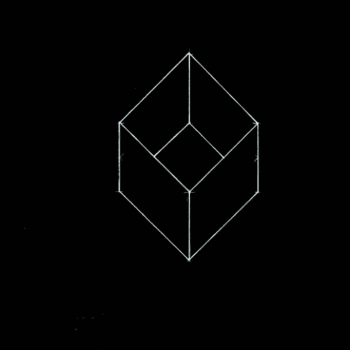You asked: domain and range for #y=-2sqrt(x+2)-1#
In this case, we need to begin with the domain and range of the parent function, #y=sqrt(x)# and see what's different between the two equations. The domain for #y=sqrt(x)# is #[0,oo)# and the range is #[0,oo)#. That means it starts at the origin and continues to the right and up forever.
graph{y=sqrtx}
#y=color(red)(-)color(blue)(2)sqrt(xcolor(green)(+2))color(purple)(-1)#
The #color(red)(n egative)# tells us that the graph is flipped over the #x#-axis. Now our range is #(-oo,0]#
graph{y=-sqrtx}
The #color(blue)(2)# tells us that the graph is stretched vertically by a factor of #2#. that means that if the normal coordinate pair was #(1,-1)#, now it's #(1,color(blue)(-2))#. Make sure you leave the #x# component alone. Only the #y# changes!
graph{y=-2sqrtx}
The #color(green)(+2)# tells us that we need to vertically shift the graph over. Now, you might want to move it to the right, because on a number line, #+# means to the right. But, when the number is inside the grouping system (#sqrt#, #abs(color(white)(x))#, #()#... etc.), it goes the opposite direction you might think. So, we shift #2# units to the LEFT
graph{y=-2sqrt(x+2)}
W haven't changed our range, but our domain is now from #-2# to infinity, or #[-2,oo)#. The range is still #(-oo,0]#
Almost done! #color(purple)(-1)# tells us that we need to vertically shift the graph. When the shift is outside the grouping system, it follows the normal rules, so a negative number means a shift down. In this case, our graph needs to be shifted down #1# unit.
graph{y=-2sqrt(x+2)-1}
Now our domain goes from #-2# to #oo# (it stayed the same), but the range is from #-oo# to #-1# or #(-oo,-1]#. That's our final answer.


